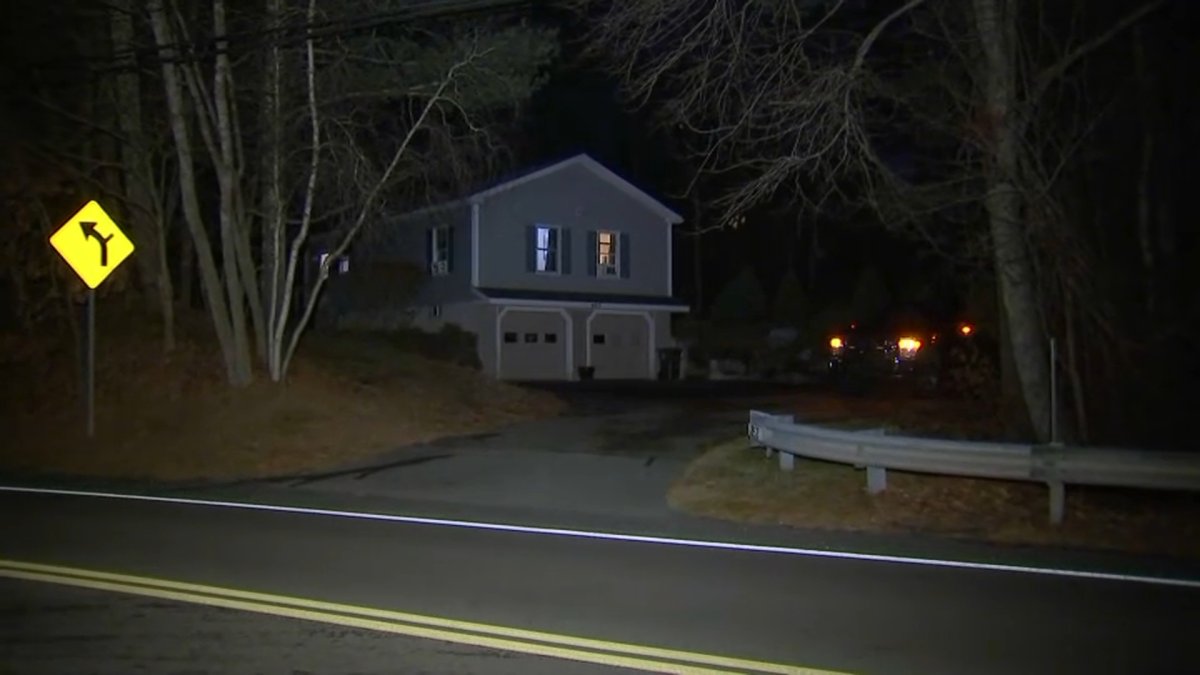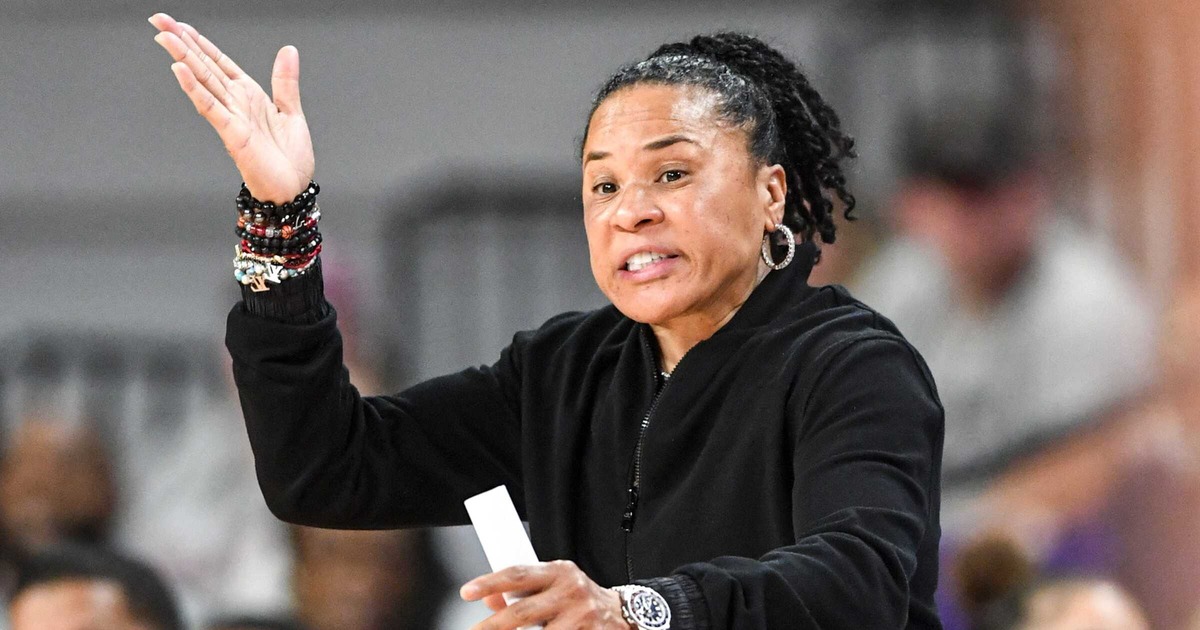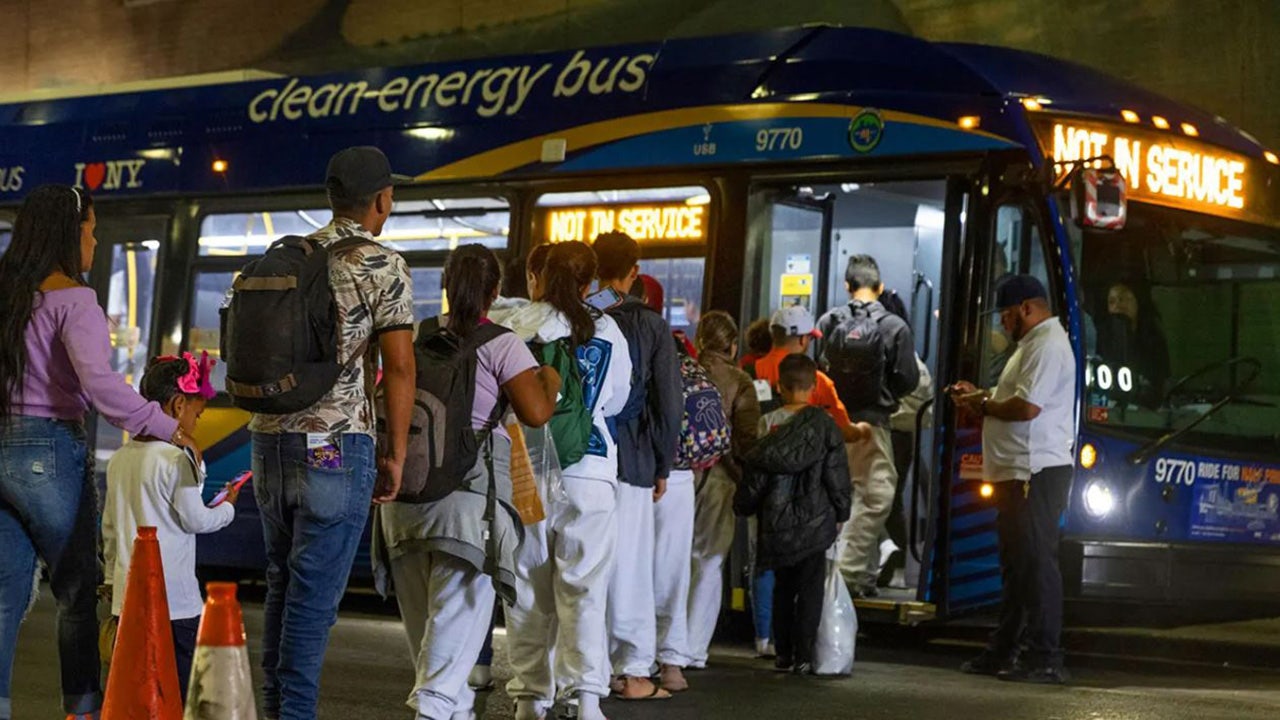It’s almost time to hunt gators in South Carolina. But only 1,000 lucky people will get a chance to legally take them from public areas in the Palmetto State.
A lottery opens June 1 for interested hunters to apply for a chance to receive a permit for the fall season. Space is limited, though. And the demand is high.
Last year, more than 9,000 interested hunters from over 40 states applied for a permit to hunt gators during the season which runs from Sept. 9 to Oct. 14.
Only 1,000 permits are available each year for a season that runs Sept. 9-Oct. 14.
Most visiting hunters come from North Carolina and Georgia.
The record-breaking number of applicants last year shows just how popular the hunt is, said Jay Butfiloski, the state Department of Natural Resources’ alligator program coordinator.
Butfiloski said the annual public harvest isn’t about keeping the population in check but to provide opportunity for people to hunt the reptiles.
“It also helps to mitigate, especially on public waters, some nuisance type alligator behavior and activities,” Butfiloski said.
During the first few years after the hunt became legal beginning in 2008, it was pretty easy to harvest the animals because they weren’t as shy and people could get close to them.
“But now, (hunters) are having to work, which is actually the kind of behavior we prefer,” Butfiloski said. “They tend to shy away from people.”
Alligators can be taken from four management areas in South Carolina with a permit: southern coastal, middle coast, Midlands and Pee Dee.
Most gators are taken from the middle coast management unit, which is where swampy Berkeley, Charleston and Dorchester counties are.
Last year, 322 gators were taken and reported to DNR. Of those, 105 came from the Lowcountry area. This region tends to be the most popular for hunting because of the abundance of both water and alligators, not to mention the size of the reptiles.
The average alligator taken from the Lowcountry last year was about 9.2 feet, about a foot more than the state average, Butfiloski said. The old rice fields and marsh areas in the Charleston area could contribute to the size of the gators here.
Many of the alligators harvested in middle coastal hunting area end up at Cordray’s in Ravenel for processing.
“The biggest that we’ve ever had was (13 feet 9 inches), and that one was in the 600-pound range,” said Kenneth Cordray of Cordray’s Taxidermy.
The business can do a number of things with the gators. Cordray said when they get them in their work line workers will skin the gators, get the meat from the tail and jowls, then process and tenderize it for frying.
Other parts of the animal can be used to make jerky, summer sausage and other types of meat products.
Skinning costs $25 per foot, and prices for meat products begin at $5 per pound.
People from all over the country have used Cordray’s services, including residents of Nevada and California who have ordered life-sized mounts.

There are a few months left before the gator season begins, and a few rules must be heeded by all hunters.
Hunting can only take place in the zone identified on a permit. Interested hunters can select which zone they want a permit for during the lottery process.
Hunters are only allowed to harvest one alligator per permit in their selected zone. Even if they do not take an animal during the season, permit holders are required to report their activity back to DNR.
Biologists believe there could be about 100,000 gators in South Carolina. So there are plenty for the taking.
The lottery for permits can be assessed through DNR’s website beginning 5 p.m. June 1 and until 5 p.m. July 15. There is a $10 non-refundable application fee. If selected, the actual hunting permit fee is $100.
































